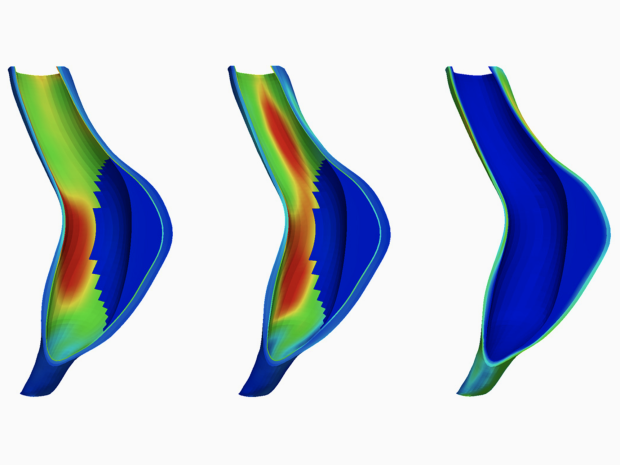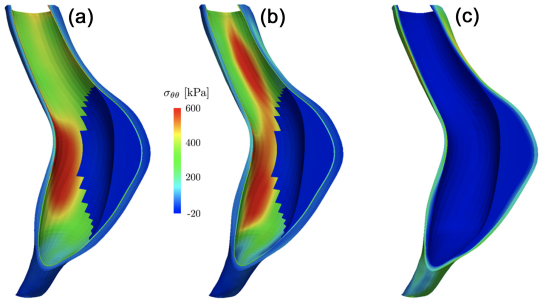Virtual Cartilage: Toward Translational Applications

Speaker:
David Pierce, PhD
Professor and Chair
Department of Biomedical Engineering, University of Connecticut
Abstract:
The driving interest of Dr. Pierce’s research is to understand and predict the mechanics of soft tissues and engineering materials. His team at the Interdisciplinary Mechanics Laboratory employs theoretical, computational, and experimental tools to explore the interplay of form and function in cartilage, specifically the multiscale and multi-phase mechanics and how these evolve in health, damage, and disease. Working at the intersection of imaging, image analysis, biology, physiology, and experimental and computational mechanics, his lab's overarching aim is to establish a virtual human cartilage. To this end, they established novel experimental protocols and builds validated simulation tools that inform our understanding of the mechanics of cartilage, the complex progression of osteoarthritis, and clinical perspectives on causes, treatments, and possible preventions. This work encompasses characterization and modeling of arteries and intraluminal thrombi and design tools for Si-based MEMS devices. Key contributions include that lead to a better understanding of these tissues include (1) measuring the mechanics of cartilage and arteries; (2) imaging and analyzing networks of collagen fibers; (3) establishing and implementing image-driven constitutive models and finite element simulations of patient-specific cartilage; (4) determining theoretically consistent initial strain/stress states for finite element simulations of soft tissues; and (5) quantifying the reliability of MEMS and electronics systems to advance simulation-driven design.
Dr. Pierce received a mechanical engineering B.S. degree from the University of Minnesota, Minneapolis. Continuing research in this filed he received M.S. and Ph.D. degrees from Stanford University. There he also earned a Ph.D. - Minor degree in mathematics. Serving as the Vice Head of the Institute of Biomechanics at the Graz University of Technology in Austria, he completed his habilitation (Venia Legendi) in experimental and computational biomechanics. In 2013 he moved to the University of Connecticut, where he was named chair of the Dept. of Biomedical Engineering in 2021


